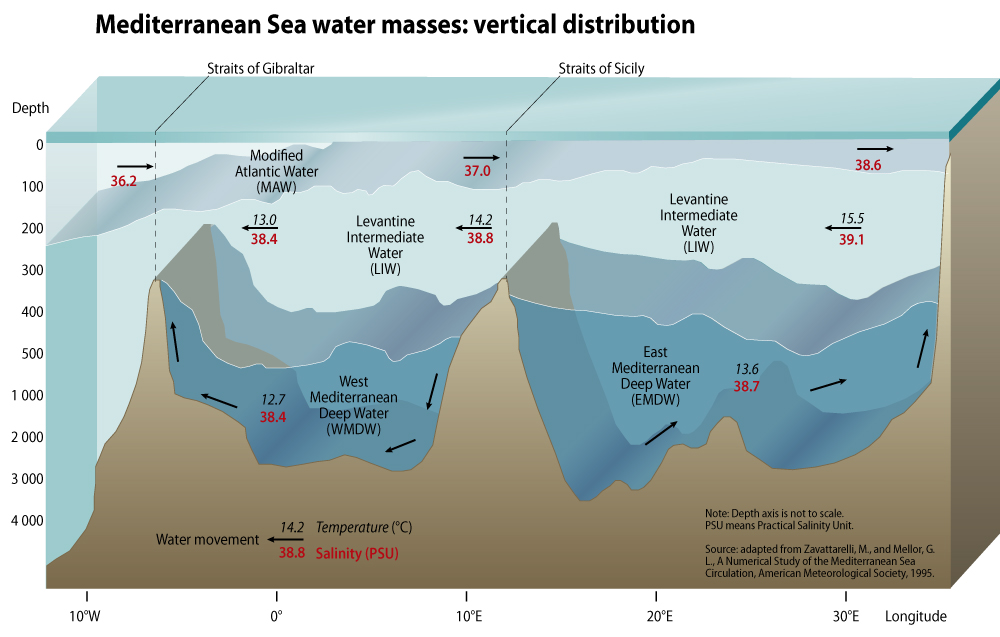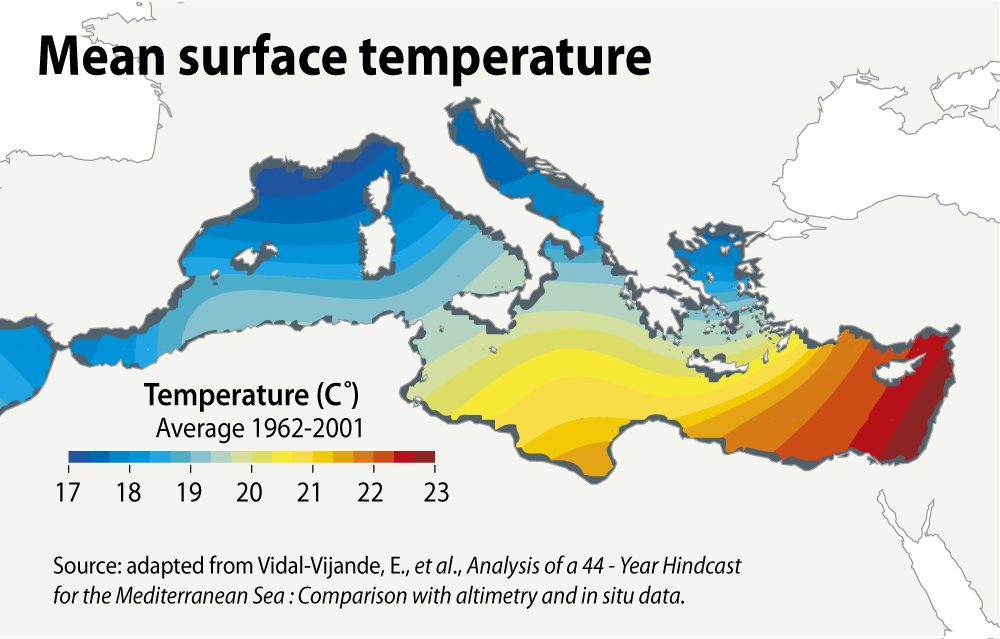I think a more interesting idea would be diverting Nile into the Depression. You could do this by first supplementing the Nile with water from the Congo. You'd get a freshwater sea, though you'd still need to dig a channel to the Mediterranean. This would support a lot of people. As it is, 95% of Egyptians live in the tiny Nile Valley. You'd open up a lot of farmland, and then settlers would move out and have lots of kids to provide farm labor. This could double or even triple Egypt's population.
There is a version of the plan that diverts water from the Rosetta branch to the depression. It might be easier to follow the path of the old Canopic branch a little bit, I don't know.
Anyway, here's the discharge from the Rosetta branch:

Lets be generous and assume 5 km^3 per year. The volume would be 1,213 km^3. Thats 242 years to fill, not counting evaporation. Of course, there's loads more water up stream, but there's a reason it doesn't make it all the way downstream, and its not just evaporation. That water gets used by the population of Egypt.


